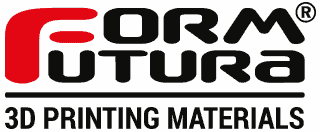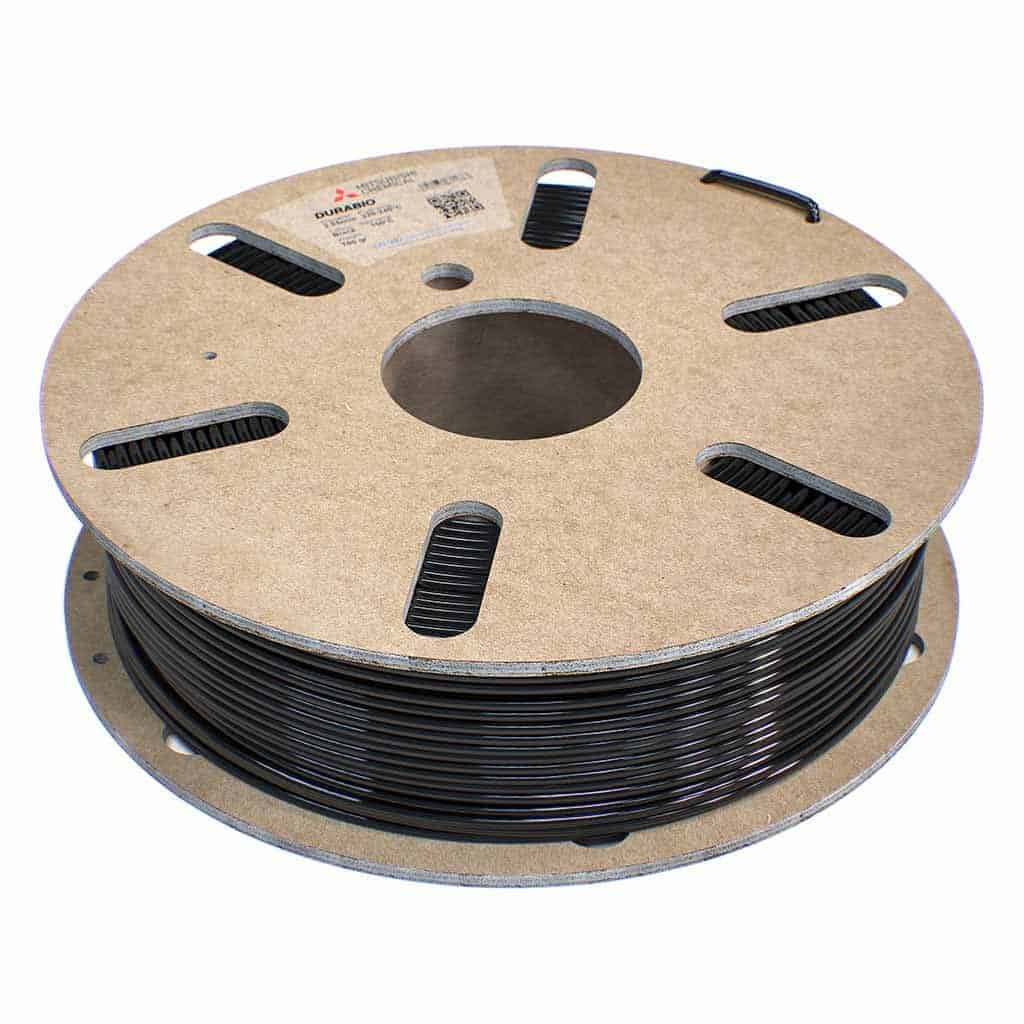Durabio
3Diakon
PMMA filament
PMMA filament 3d printing is a great solution for products which require a transparent look. Polymethyl methacrylate (PMMA) is a thermoplastic known as the main material in acrylic sheets, which is why PMMA filament is also called acrylic filament. PMMA is usually transparent. This gives a unique look to your finished products. By sanding and polishing PMMA, you can apply a glossy finish to your product.
In addition to PMMA's translucent appearance, it has other advantages. Namely, it has very good resistance to UV and other extreme weather conditions. In addition, it is a very strong and durable material.
PMMA is also known as acrylic or acrylic glass because it resembles traditional glass, but its properties allow it to be successfully 3D printed. It is about half as heavy as glass, has a lower melting point at about 160°C and its impact resistance is much lower. But it is lighter and cheaper compared to glass and it also retains transparency in a similar way to glass, which can be beneficial in certain circumstances.
Printing with PMMA is best done in a draft-free room at room temperature or in a closed 3D printer. With a heated bed, you can ensure that your ASA designs do not curl up after cooling. Furthermore, PMMA filament is best printed with a temperature around 225 to 245 ºC .
PMMA filament print & bed temperature
The print temperature of PMMA varies between 230 and 250ºC and the bed temperature of the 3D printer should be set at 60ºC. A low temperature can cause your product to warp and shrink.
Molten 3D printing filaments such as PMMA emit gases that are unhealthy to breathe in. Therefore, also make sure that the area in which you 3D print is adequately ventilated and avoid the area in which you 3D print as much as possible. With these measures you can prevent health problems.
What are the advantages and disadvantages of printing PMMA filament?
Advantages
As mentioned earlier, PMMA filament has a transparent appearance making it a good replacement for glass. In addition, PMMA has good impact resistance. So if you are looking for a filament that does not bend or warp PMMA may be a good choice.
Disadvantages
Will require use of a heating bed to prevent warping and shrinkage for the best results. Additionally, PMMA filament 3d printing emits gases that are unhealthy to breathe in. It is therefore important to think about safety measures before printing with this filament. Polycarbonate offers similar chemical and mechanical properties but without the transparent look.


